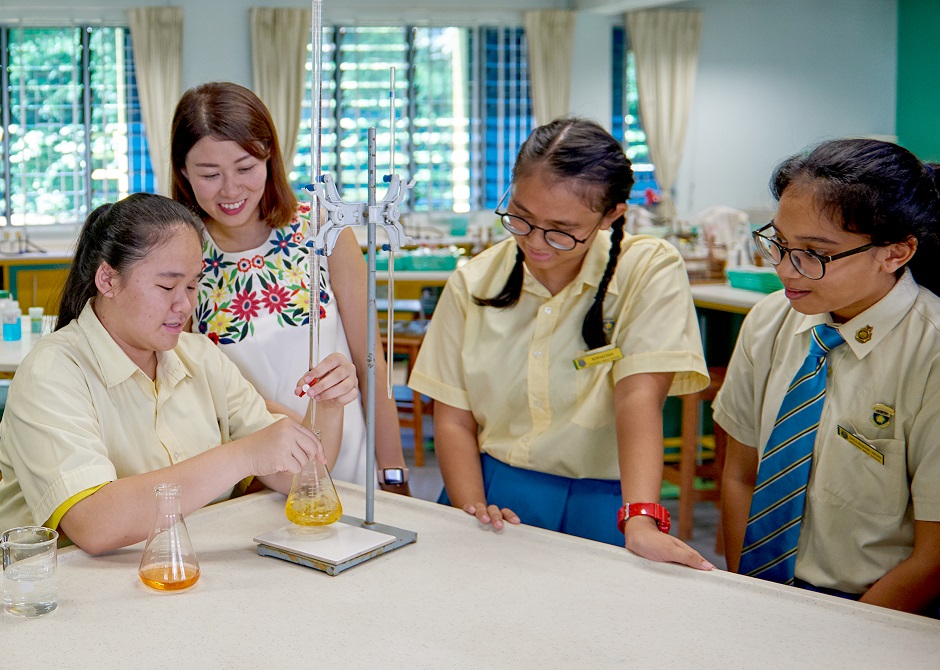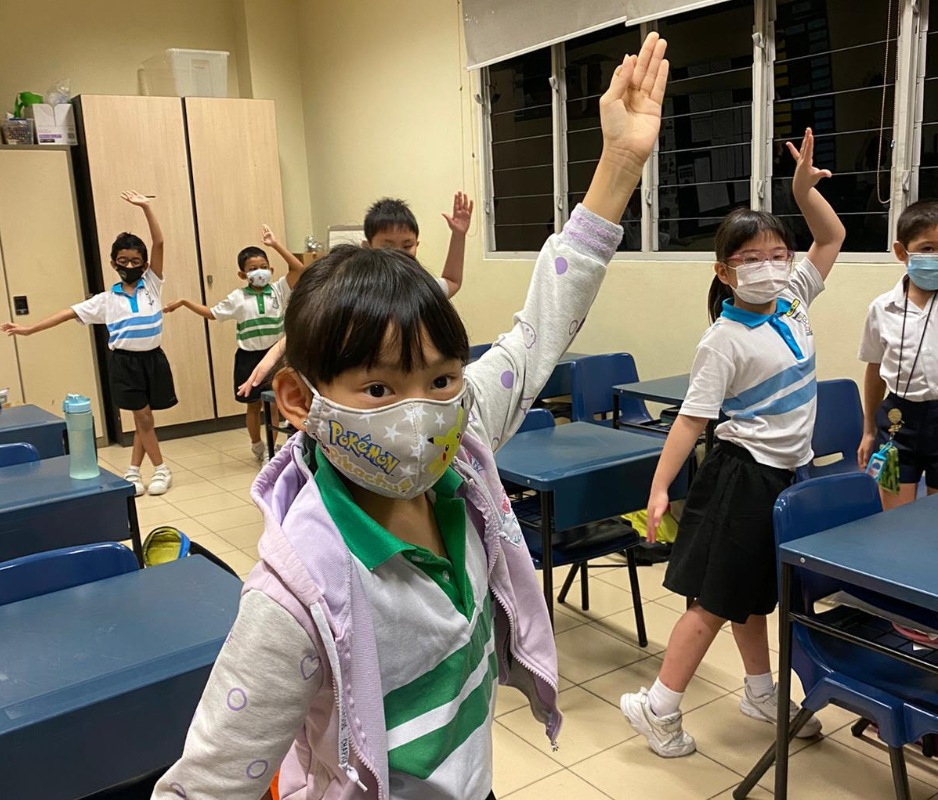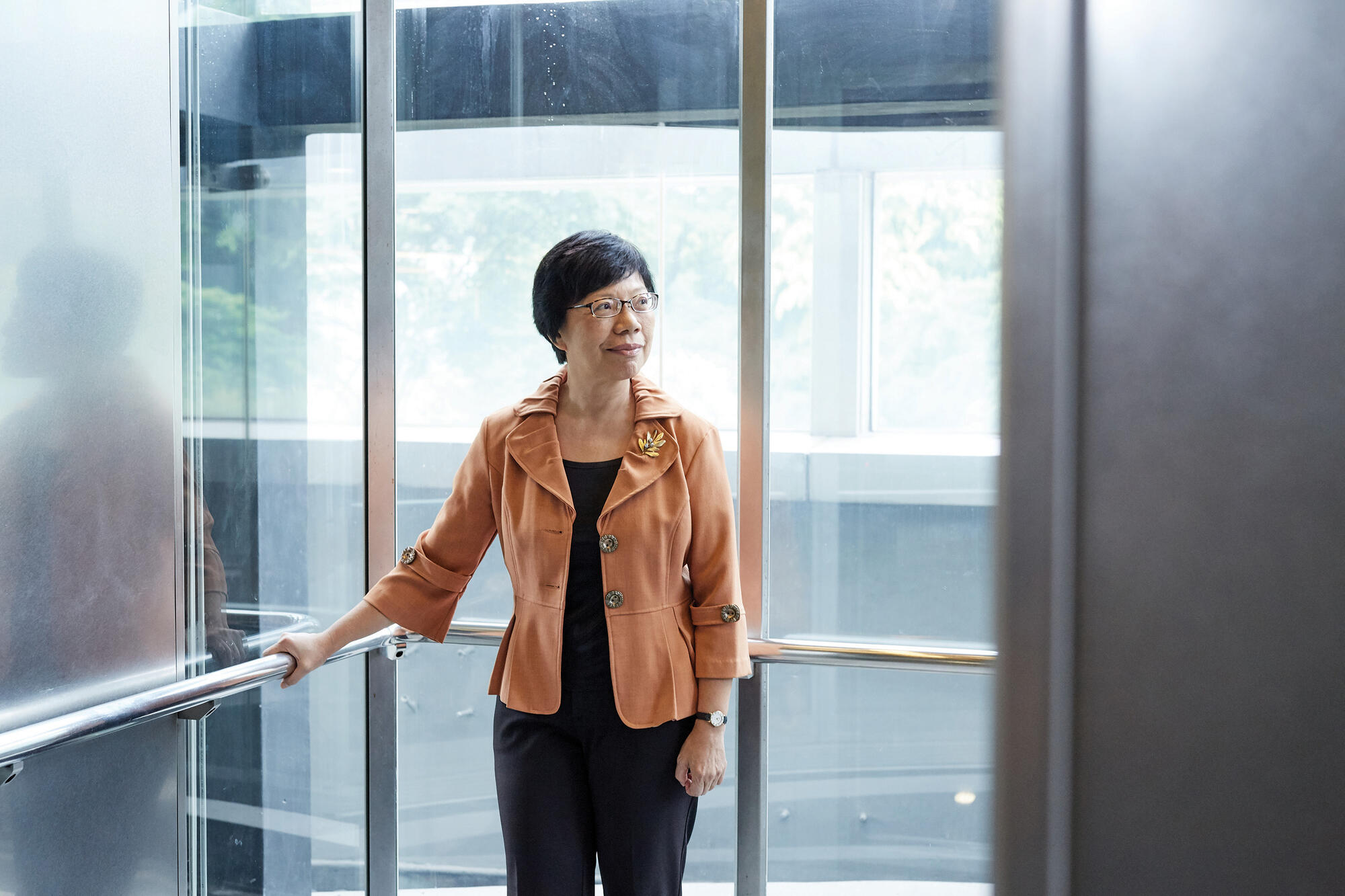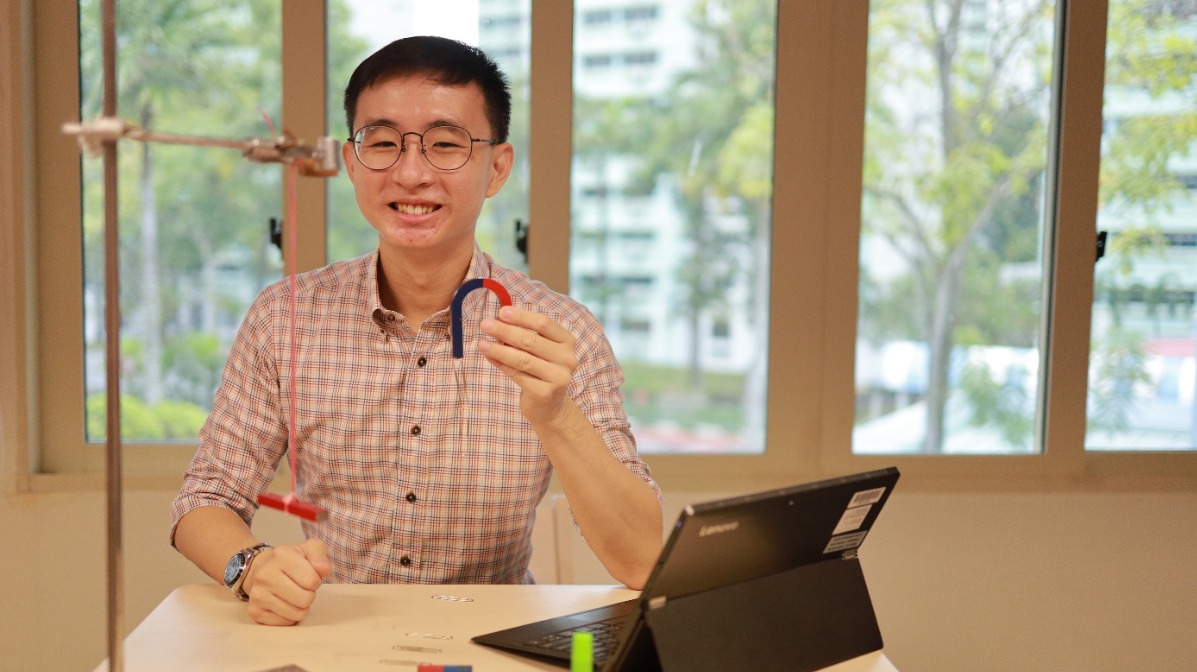Goh Peishi, Crescent Girls’ School, Outstanding Youth in Education Award 2018 Recipient
Out, out, silly tape!
While discussing a Chemistry homework question in class one day, I observed my students taking out correction tape to erase their answers and writing down the model answer I had given on the projection screen. When I asked the girls why they had removed their original answers, they said they thought it would be better to “refer to the correct answers when revising”.
From the time I was a student, I have always believed that the best form of learning takes place when one is able to reflect on and learn from one’s mistakes. However, I realise that this is not something that comes naturally, especially for our younger generation. I have come across students who are unable to accept mistakes in their pursuit of perfection while some find it hard to move on from their ‘failures’ when things fall below their expectations.
As I watched my students struggle and try to come to terms with accepting their mistakes, I felt I could do more to help my students learn to embrace failure as part of their learning.
Hence, I told my class, “In future, correction tape is not allowed in my classroom. I want you to leave your mistakes there as that is the best way to learn – to face up to your mistakes and learn from them.”
In 2016, to facilitate the student’s learning process and to allow them to track and learn from their mistakes, my team of Chemistry teachers and I initiated the use of learning audits. With my own classes, I also reinstated the use of exercise books for class assignments. Students have to use corresponding blank pages for corrections and this forces them to leave their mistakes and track their learning. They are to take down explanations on these blank pages to understand why they got a question wrong.
The use of learning audits and exercise books made some of my girls uncomfortable initially. To encourage them to adopt the new practices, I shared good practices from their peers and commended students who made efforts to try and keep trying. I wanted to get them to reframe their mindset, by showing them that I was focusing on their learning process, not just the end results.
Opening up to change and uncertainty
To develop a growth mindset in my students, I need them to be comfortable with uncertainty and be willing to take risks. Hence, in one Lower Secondary Science lesson on separation techniques, I had my students carry out an experiment, before teaching them the theory.
I asked my students to work in teams to separate the mixtures provided and extract pure substances using simple materials such as aluminium foil and wash cloth. One such task would be obtaining water from an oil and salt solution mixture. Students then had to explain their methods. The practical, experimental lessons forced them to move out of their comfort zone and take charge of their own learning.
I constantly tell my girls that they should be willing to fail and start over again when things go wrong. During an overseas service learning trip, a group of students had to prepare classroom activities for children in a local school. Being unfamiliar and shy, the girls soon realised that it was not easy to engage the class of 20 to 30 children. They did not manage to execute their planned activities smoothly.
During the first-day debrief, the students said they felt discouraged that the children did not seem willing to participate in their activities. They also faced difficulties communicating with the children.
However, I encouraged them by getting them to understand that initial hiccups were unavoidable and what mattered most was that they must be willing to review their plans to better engage the children.
During the nightly debrief sessions, we looked at what went right in the day and what could be done better.
Towards the end of the trip, the girls gained confidence and were able to make adjustments to their activities according to the children’s needs. Many of them shared that they were glad they did not give up when their plans failed at first.
Opening up to empathy
Apart from being a Science teacher, I also oversee my school’s Values-in-Action (VIA) programme. I lead a team of teachers in refining the VIA programme so that students can better relate what they learn in the VIA programme to their Character and Citizenship Education (CCE) lessons.
For example, the “Walk in my Shoes” lesson allows students to experience the difficulties that the elderly face, such as hearing loss and blurred vision, and hence empathise with the seniors. The revamped module also allows the girls to develop a deeper understanding of the different groups in the community that they serve through sharing sessions and workshops conducted by various partners.
Through the learning activities put in place, the students not only develop empathy for others, but also reflect on their own experiences as they complete the post-activity reflections, while guided by their teachers. For students who are facing personal challenges, the interactions with the community may help them in realising that they could choose to face their own adversities with a positive attitude.
It is always a joy to see my girls emerge as stronger individuals as they learn to be comfortable with uncertainty. They just need to take that first small step and get rid of their correction tape.






